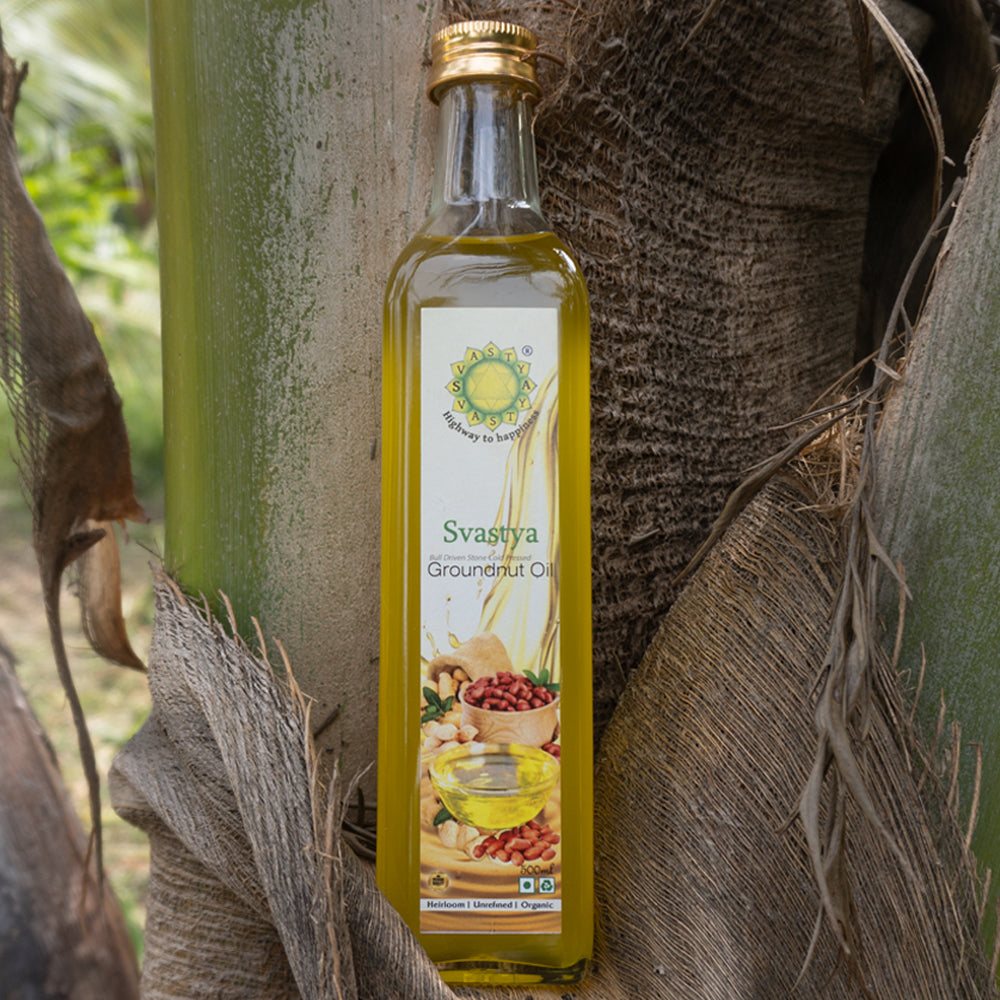Unlock the Power of Wild Forest Raw Honey – Svastya Organic Farms
-
Wild forest honey is a natural sweetener that not only adds flavor to your food but also offers a range of health benefits. This unique type of honey is produced by bees that collect nectar from various wildflowers and trees in the forest. Unlike regular honey, which is made from the nectar of specific flowers, wild forest honey is a blend of different floral sources, giving it a distinct taste and aroma.
What makes wild forest honey special?
Wild forest honey is known for its rich and complex flavor profile. It has a darker color and a stronger taste compared to regular honey. The diverse range of flowers and trees that the bees collect nectar from contributes to the unique characteristics of wild forest honey. It is often described as earthy, woody, and slightly bitter.

-
Health benefits of wild forest honey
1. Antioxidant powerhouse: Wild forest honey is packed with antioxidants that help protect your body against free radicals. These antioxidants can help reduce inflammation, boost your immune system, and promote overall well-being.
2. Antibacterial properties: Wild forest honey has natural antibacterial properties that can help fight against harmful bacteria. It can be used as a natural remedy for sore throat, cough, and other respiratory infections.
3. Digestive health: Consuming wild forest honey can aid in digestion and promote a healthy gut. It contains enzymes that help break down food and improve nutrient absorption. It can also act as a natural prebiotic, nourishing the beneficial bacteria in your gut.
4. Energy booster: The natural sugars in wild forest honey provide a quick energy boost. It is a great alternative to processed sugars and can be used as a natural sweetener in your beverages and recipes.
5. Wound healing: Wild forest honey has been used for centuries as a natural remedy for wound healing. Its antibacterial properties help prevent infection, while its sticky texture creates a protective barrier over the wound, promoting faster healing.
How to incorporate wild forest honey into your diet
There are numerous ways to enjoy the benefits of wild forest honey:
- Add a spoonful of wild forest honey to your morning tea or coffee for a natural sweetener.
- Drizzle wild forest honey over your yogurt or oatmeal for added flavor and nutrition.
- Use wild forest honey as a glaze for roasted vegetables or grilled meats.
- Mix wild forest honey with lemon juice and warm water for a soothing and immune-boosting drink.
- Spread wild forest honey on toast or pancakes for a delicious and nutritious breakfast.
Remember, when purchasing wild forest honey, look for Svastya Wild Forest Raw Honey who source their honey sustainably and ensure its purity. Enjoy the unique taste and health benefits of wild forest honey, and unlock its power in your daily life!









